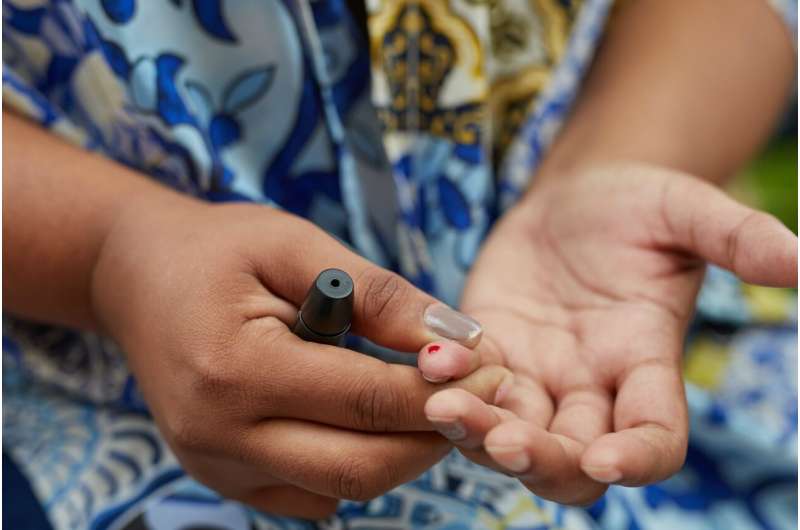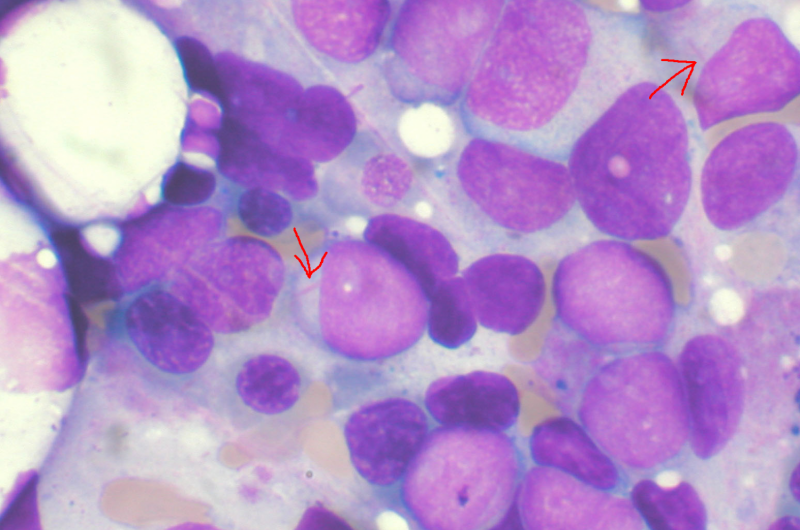Understanding the Causes of Failure in Fertility Cryopreservation

Recent research explores the biological mechanisms behind fertility failures following cryopreservation, with implications for improving reproductive preservation techniques and restoring fertility for cancer survivors.
Fertility preservation through cryopreservation is a critical option for individuals facing medical treatments or conditions that threaten their reproductive capabilities. Recent research highlights the importance of identifying the underlying causes of fertility failure after such preservation processes. A notable study led by scientists at the University of Pennsylvania's School of Veterinary Medicine and the Children's Hospital of Philadelphia has shed light on the intricate biological mechanisms involved in sperm development and the impact of long-term cryopreservation.
Spermatogenesis, the process through which sperm cells are produced, is vital for male fertility. However, many aspects of how these cells mature and differentiate remain poorly understood. The recent investigation utilized advanced single-cell multiomic techniques to map the gene regulatory networks active during spermatogenesis. The study revealed that different stages of sperm development are associated with distinct changes in chromatin accessibility, which are essential for proper gene regulation.
One of the key findings is that long-term cryopreservation can interfere with the normal development of sperm cells, possibly due to epigenetic modifications inherited during the freeze-thaw process. Experiments involving animal models demonstrated that sperm cells preserved over extended periods could still produce viable sperm but at significantly reduced rates, indicating a block in later stages of development known as spermiogenesis.
The research builds on previous work showing that even after more than 20 years of cryopreservation, testicular tissue can be transplanted and produce sperm, although with lower efficiency. This suggests that epigenetic changes during long-term storage may hinder complete and functional spermatogenesis. The insights gained pave the way for developing improved preservation techniques and potential therapies to restore fertility in cancer survivors and others who have undergone gonadotoxic treatments.
Future directions include creating detailed maps of gene expression and chromatin state in preserved tissues to understand precisely where and how developmental processes are disrupted. Ultimately, this knowledge aims to optimize cryopreservation protocols, minimize damage, and enhance the success rates of fertility restoration, offering hope to many families affected by childhood cancer and other medical conditions.
Source: https://medicalxpress.com/news/2025-06-cryopreservation-fertility-failures.html
Stay Updated with Mia's Feed
Get the latest health & wellness insights delivered straight to your inbox.
Related Articles
Polio Resurges in Papua New Guinea, Highlighting Challenges in Global Eradication Efforts
The WHO has declared a polio outbreak in Papua New Guinea caused by vaccine-derived virus, emphasizing ongoing challenges in global eradication efforts and the importance of high vaccination coverage.
Innovative Machine Learning Tool Enhances Cancer Tissue Analysis
A new machine learning tool named OmicsTweezer enhances cancer tissue analysis by accurately mapping cell types within tumor microenvironments, offering promising implications for precision oncology research.
Type 2 Diabetes Accelerates Progression of Multiple Chronic Diseases, New Research Finds
New research indicates that type 2 diabetes significantly speeds up the development of multiple chronic diseases, especially in middle-aged adults, highlighting the importance of early intervention.
New Surface Protein Mechanism Identified in Leukemia Cells to Evade Immune System
Lund University researchers have identified a surface protein, SLAMF6, that helps leukemia cells evade immune detection. Blocking this protein may lead to new targeted therapies for resistant AML.



